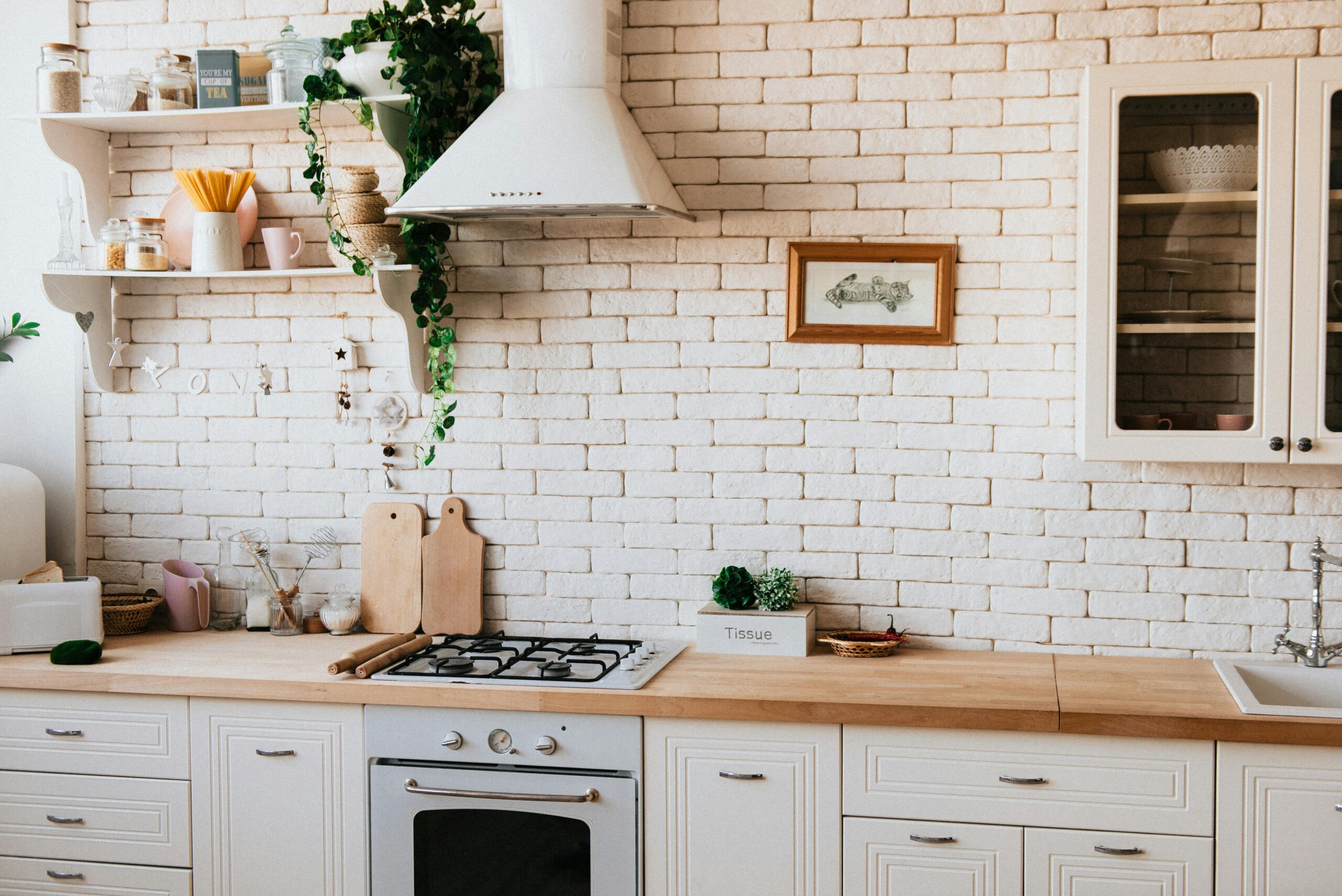Are you ready to tackle a cabinet installation project on your own? With the right preparation and know-how, you can achieve professional-looking results. This comprehensive guide will walk you through the entire process, from initial prep work to the final finishing touches.
- Preparation: The Key to Success
Before you start installing cabinets, proper preparation is crucial:
- Measure your space accurately, accounting for appliances and fixtures.
- Create a detailed plan, including cabinet layout and placement.
- Gather all necessary tools: level, drill, screwdriver, shims, stud finder, and more.
- Remove old cabinets and repair any wall damage.
- Locate and mark wall studs for secure mounting.
- Prepping Your Cabinets
- Assemble cabinets according to manufacturer instructions if they’re not pre-assembled.
- Check for any damage or defects before installation.
- Pre-drill holes for hardware to prevent splitting.
- Installing Base Cabinets
- Start with corner cabinets and work your way out.
- Use shims to level cabinets both horizontally and vertically.
- Secure cabinets to wall studs with appropriate screws.
- Join adjacent cabinets together for added stability.
- Hanging Wall Cabinets
- Mark level lines on the wall for perfect alignment.
- Use a temporary support board to hold cabinets in place.
- Begin with corner cabinets, then work outwards.
- Ensure perfect alignment with base cabinets and each other.
- Secure to wall studs and join adjacent cabinets.
- Installing Doors and Drawers
- Attach hinges and drawer slides according to manufacturer specifications.
- Adjust doors and drawers for proper alignment and smooth operation.
- Install drawer fronts, ensuring even spacing.
- Adding Hardware
- Measure and mark precise locations for knobs and pulls.
- Use a template for consistent placement across all cabinets.
- Install hardware, being careful not to overtighten screws.
- Finishing Touches
- Install toe kicks along the bottom of base cabinets.
- Add crown molding or light rails for a polished look.
- Caulk gaps between cabinets and walls.
- Touch up any scuffs or marks on the cabinets.
- Tips for a Professional Finish
- Use a laser level for precise alignment.
- Take your time with measurements and double-check everything.
- Consider using a cabinet jack for easier upper cabinet installation.
- Use wood filler to conceal any visible screw heads.
- Common DIY Mistakes to Avoid
- Neglecting to level cabinets properly.
- Failing to account for appliances and fixtures.
- Using inadequate mounting hardware.
- Rushing through the process and compromising quality.
- When to Seek Professional Help
While DIY installation can be rewarding, know your limits:
- Complex layouts or custom cabinetry might require expert assistance.
- If you encounter structural issues in walls or floors, consult a professional.
- Consider hiring help if you lack necessary tools or experience.
Conclusion
DIY cabinet installation can be a challenging but rewarding project. By following this guide, you’ll be well-equipped to transform your space with beautiful, functional cabinets. Remember, the key to success lies in careful planning, precise execution, and attention to detail. Take your time, follow each step carefully, and don’t be afraid to ask for help if needed.
With patience and perseverance, you can achieve a professional-looking cabinet installation that will enhance your home for years to come. Happy DIYing!




